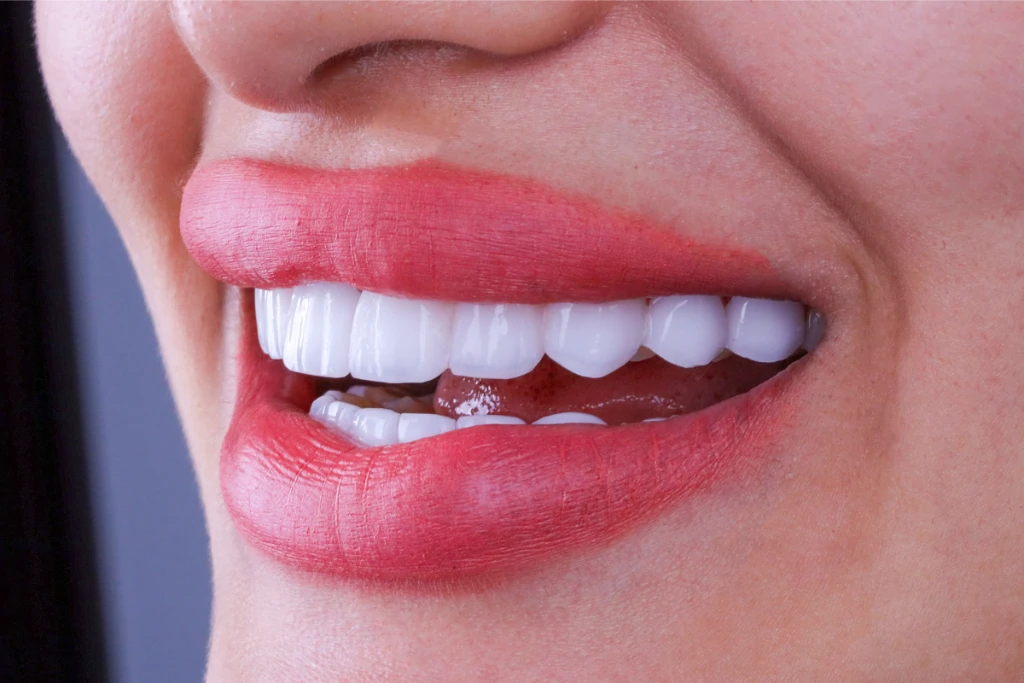Inlay & Onlay Restorations
It is a dental filling method preferred to restore the aesthetics and functionality of teeth damaged by decay or fracture. These fillings are meticulously designed in the laboratory and applied to restore the function, color and shape of the original teeth.
- The choice of material to be used in the filling is determined depending on factors such as the severity of the damage on the tooth and tooth clenching. In this respect, materials such as porcelain, zirconium and metal are used.
- Inlay fillings (internal fillings) are special restorations placed inside the tooth to replace lost tooth structure, usually due to decay or damage. These fillings are typically made from porcelain, composite, or gold materials. Onlay fillings (external fillings), on the other hand, are larger and more comprehensive restorations that cover both the internal and external surfaces of the tooth. Like inlays, they are also made from porcelain, composite resin, or gold.

BEULTRACONFIDENT
Which Age Groups Are Suitable for Inlay & Onlay Restorations?
Cosmetic Dentistry treatments are generally applied to individuals who are 16 or above. In order for these procedures to be applied, it is important that the tooth and jaw structure is fully developed.
For young individuals, tooth fillings and bridge treatment can be applied under the control of the dentist if there is a serious decay, fracture or a situation that needs to be strengthened after root canal treatment.
Average Recovery Time After Inlay & Onlay Restorations
- In Cosmetic Dentistry treatment, healing is completed within 1-2 weeks on average.
- It is normal to feel mild pain and tenderness for the first 24 hours, cold compress can be applied.
- It may take a week to get used to the process.
What to Pay Attention to After Inlay & Onlay Restoration Treatment
- It is recommended to brush the teeth at least twice a day.
- The use of antibacterial mouthwashes and dental floss is essential to support oral care.
- For the first few weeks it is recommended that avoid consuming foods and beverages that are likely to give pigmentation such as tea, coffee and cigarettes.